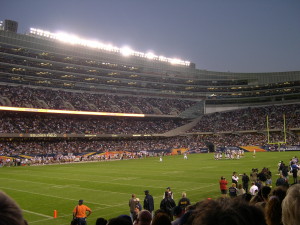Author: Jarod Bona
When you think about Sherman Act Section 1 antitrust cases (the ones involving conspiracies), you usually consider the question—often framed at the motion to dismiss stage as a Twombly inquiry—whether the defendants actually engaged in an antitrust conspiracy.
But, sometimes, the question is whether the defendants are, in fact, capable of conspiring together.
That isn’t a commentary on the intelligence or skills of any particular defendants, but a serious antitrust issue that can—in some instances—create complexity.
So far I’ve been somewhat opaque, so let me illustrate. Let’s say you want to sue a corporation under the antitrust laws, but can’t find another entity they’ve conspired with so you can invoke Section 1 of the Sherman Act (which requires a conspiracy or agreement). How about this: You allege that the corporation conspired with its President, Vice-President, and Treasurer to violate the antitrust laws. Can you do that?
Probably not. In the typical case, a corporation is not legally capable of conspiring with its own officers. The group is considered, for purposes of the antitrust laws, as a “single economic entity,” which is incapable of conspiring with itself. Of course, the situation is complicated if we aren’t talking about the typical corporate officers, but instead analyzing a case with a corporation and corporate agents (or in some cases, even employees) that are acting for their own self-interest and not as a true agent of the corporation. The question, often a complex one, will usually come down to whether there is sufficient separation of economic interests that the law can justify treating them as separate actors.
A lot of tricky issues can arise when dealing with companies and their subsidiaries as well. In the classic case, Copperweld Corp. v. Independence Tube Corporation, for example, the United States Supreme Court held that the coordinated activities of a parent and its wholly-owned subsidiary are a single enterprise (incapable of conspiring) for purposes of Section 1 of the Sherman Act.
 The Antitrust Attorney Blog
The Antitrust Attorney Blog




